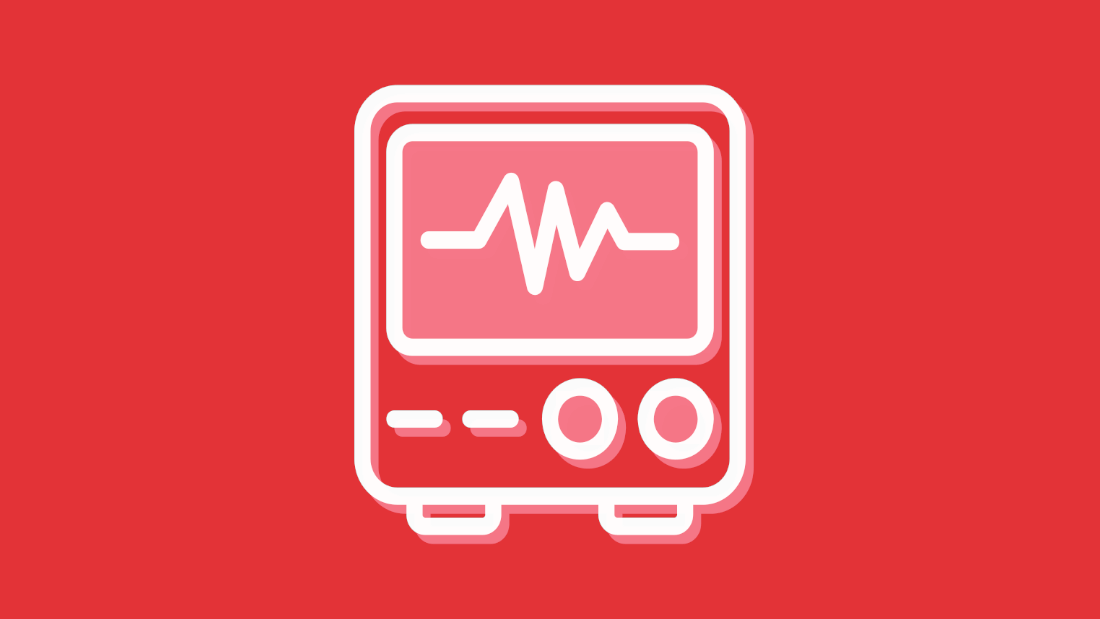Some of the service design work I’m proudest of isn’t an end-to-end service, or novel piece of software, but a discrete item of discovery in healthcare.
We talk a lot about the end-to-end journey in service design.
Essentially, that means taking into consideration the complete experience a person goes through when interacting with the service, from the initial contact to the final interaction.
It means understanding and optimising every touchpoint, ensuring a seamless and satisfying user experience throughout the entire service delivery process.
Go to any service design conference and you’ll hear people talking about end-to-end design. You’d be forgiven for thinking that’s what every service design project is like.
But, while that's the kind of project we're all shooting for, in my experience, for a variety of reasons I’d better not go into here, working on an entire end-to-end project is rare.
Often, we end up being involved in just one or two phases of the design process. In the case I’d like to look at in this post, it was a discovery project for a group of NHS health trusts.
Improving diagnosis and treatment of neutropenic sepsis
Neutropenic sepsis (neutropenia) is a serious medical condition that occurs when people with low levels of white blood cells develop a fever.
It weakens the immune system, making the individual susceptible to infections, which when they occur, can lead rapidly to sepsis.
The condition often affects people undergoing cancer treatments such as chemotherapy, which suppress the production of white blood cells.
Those who develop it require prompt medical attention and treatment to control the infection and support the immune system.
I was part of a small task group with the objective of improving the diagnosis and treatment of suspected neutropenic sepsis in cancer patients. The group also included two senior cancer specialists.
It was part of a larger body of work focused on supporting cancer patients to more effectively ‘self-manage’.
My role was to provide insight into the lived experience of cancer patients who had been admitted to hospital with neutropenia or suspected neutropenia. My role was as human-centred design support, in the most general sense.
Talking to real cancer patients
For my qualitative study, I chose to meet with a number of patients in their own homes.
The conversations I had with the patients and family members who had supported them through their treatment were humbling.
Their stories of living with cancer were often, understandably, filled with emotion, but also hope.
However, throughout this discovery, a consistent theme also emerged: a shared feeling of confusion.
The more I heard about their experiences, the more it became obvious that the NHS is a fragmented group of organisations, pulled together under one brand, but often working subtly differently, adopting slightly different protocols and procedures. It was these subtle differences which formed the source of much of the confusion.
For example, during chemotherapy treatment, clinicians tell patients to avoid exposure to infection and to take their temperature on a regular basis. Higher temperatures could indicate an infection. In the event of a high temperature being recorded, patients were asked to contact their cancer team, which often resulted in them being asked to attend hospital for a checkup.
I heard stories of people arriving at hospital and being asked by staff to take a seat in the emergency department, surrounded by poorly people, which resulted in them fearing that their proximity to potentially harmful viruses could leave them open to infection.
Likewise, patients were sometimes led to the perceived isolation of a side room, only to experience staff frequently walking in and out, without any obvious concern for the immunosuppressed patient waiting to be seen.
One patient told me that they didn't know what to believe. Had their cancer team been overly cautious by asking them to shield themselves during treatment? Or were the emergency department staff exposing them to unnecessary risks? They didn’t know who to trust.
I also discovered that when patients presented to the emergency department of a hospital which wasn't where they were receiving their cancer treatment, there were other complications.
At the time of my discovery work, predominantly paper-based patient records simply weren't available to clinicians in other settings.
As a consequence, the absence of patient notes at the point of contact often lead to a negative experience for patients who were asked by medical staff to fill in the gaps themselves.
They were often admitted to hospital by non-specialist clinicians unwilling to take the risk of discharging a patient with whom they were unfamiliar.
Telling patient stories
After my qualitative study concluded, I shared my findings with the task group.
Whilst the insights I presented were familiar to some of the team, packaging them as a compelling narrative gave them tangibility and an impact that was difficult to ignore. They vividly brought to life the lived experiences of real people.
An outcome I still take real pride in today is a subtle change to how the trusts worked together, driven by the oncology consultants as a result of my work. This change involved copying patients into their clinical letters through an 'opt-out' approach, rather than the previous 'opt-in'.
By having their own copies of these letters, patients were able to provide more details of their treatment when attending acute hospital settings, and in doing so avoided unnecessary admissions and the complications that often came as a result.
As the saying goes, hospitals are no place for sick people. (See my colleague Dave Black’s post on virtual wards for more about that.)
Small improvements are still improvements
Of course, what I really wanted to do was fix the entire system. It seemed absurd that in this digital age, patients should need to carry paper copies of their health records with them.
But, for me, the outcome we achieved together demonstrates that whilst it isn't always practical or possible to fix the system, or take an end-to-end approach to our design work, even small improvements matter.
Tweaking an analogue process can have a significant impact on patient experience, and in so doing, free up health service resources.
We should be comfortable celebrating these little wins because fulfilment in service design isn't just about delivering flagship digital solutions. It's also about taking pride in incremental improvements that make things better than they were before.
Human-centred design in healthcare
Sparck designers and researchers have worked on a range of projects with the NHS and other healthcare service providers.
Learn more about how we design for health services and check out this archive of blog posts about health services.



